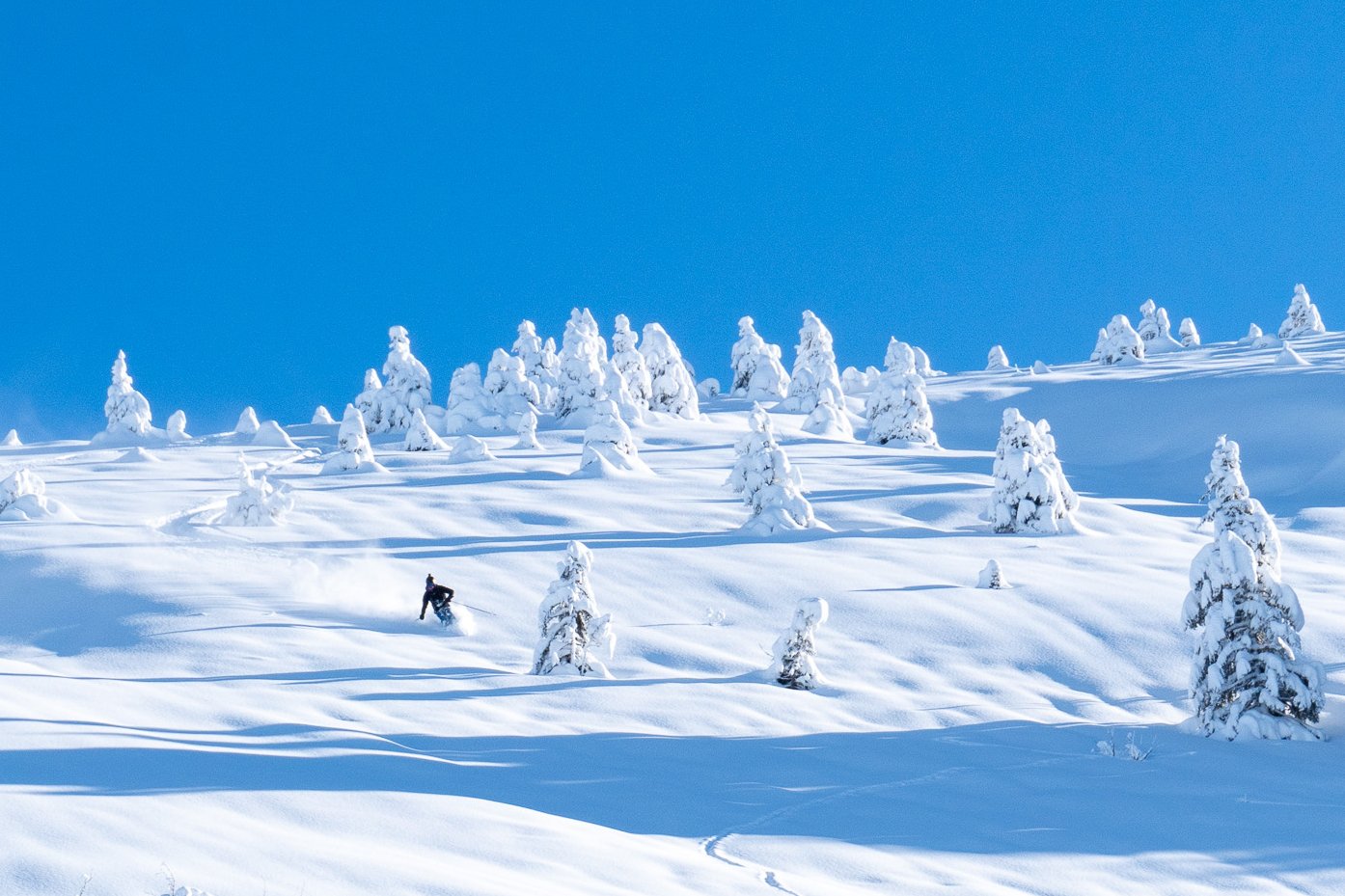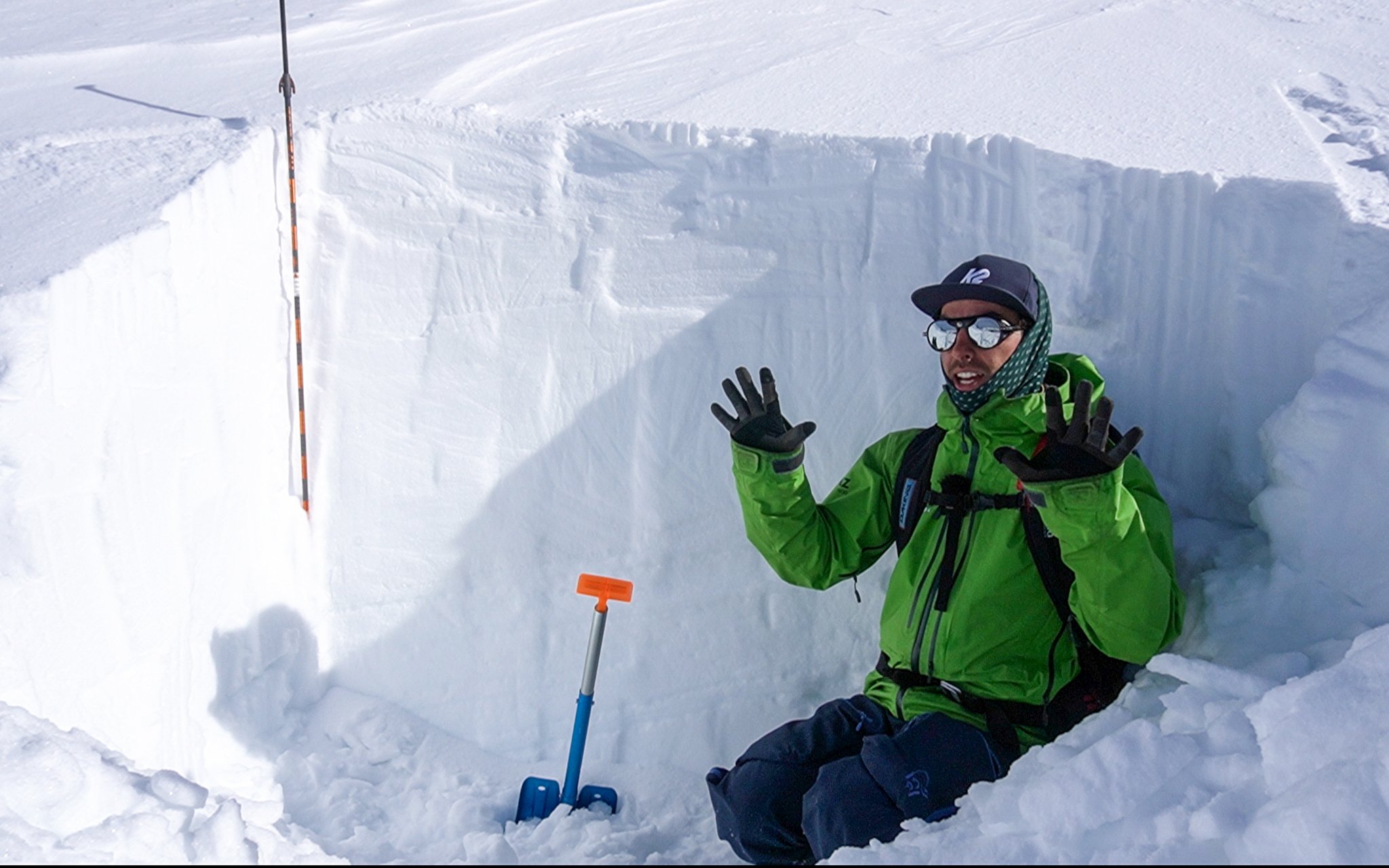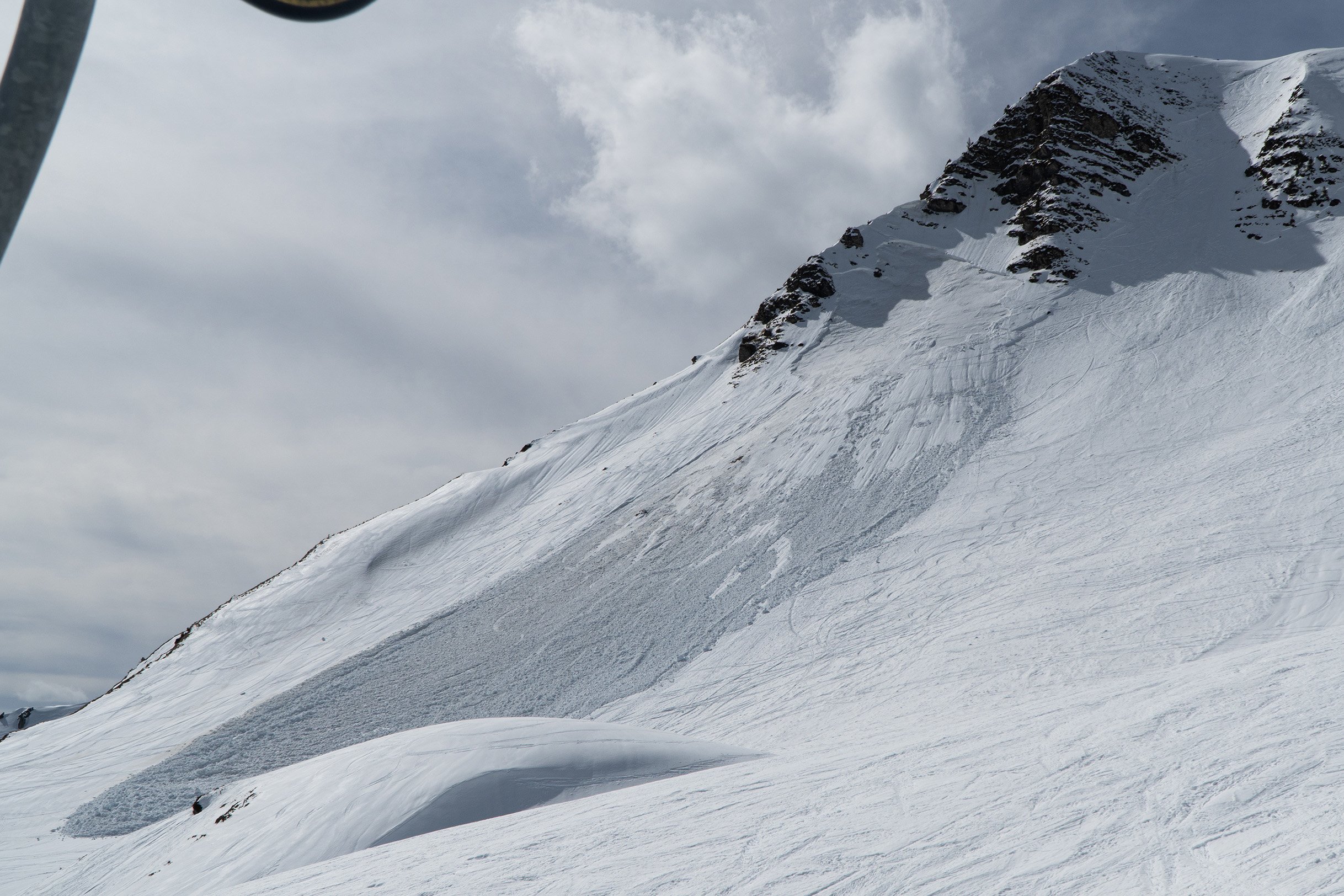Safety & Preparation for a Day in the Backcountry
[Disclaimer: All information posted is merely for educational and informational purposes. It is not intended as a substitute for professional advice. It is everyone’s own responsibility and decision to go into the backcountry and to gather the relevant training and information required to do so.]
Embarking on a journey into the untamed beauty of off-piste and backcountry skiing and snowboarding demands more than just strapping on your gear. As any seasoned enthusiast will tell you, your most crucial decisions are made well before you venture out of the house and beyond the resort trails.
Weather forecasting, deciphering avalanche bulletins, meticulous route planning on platforms like FATMAP, understanding the intricacies of avalanche terrain, and ensuring your equipment is primed – these are the indispensable skills that can transform your alpine experience.
Don’t just take it from us, take it from the pros at Alpine Tutorials who can guide you through this avalanche of knowledge (pun very much intended).
where and when not to go off-piste
Picture this: gliding through pristine powder, the mountain as your sole companion. But to attain this nirvana, understanding slope steepness is paramount. Avalanches are particularly sensitive to it, making precise measurement an invaluable skill for off-piste lovers.
So, let's dive into BASI Level 4 ski instructor and trainer, and Alpine Tutorials’ Director, George Treble’s top tips for decoding slopes and mastering avalanche terrain, so you can make the most of the mountains.
Map Mastery: Even before you hit the mountain, scrutinise the contour lines on a paper map. These lines hold the secret to slope steepness.
FATMAP Filters: No paper map? No worries. FATMAP comes to the rescue with filters that colour-code slopes based on gradients. A visual feast at your fingertips! PS: You can also see your local Avalanche Bulletin directly on FATMAP.
Ski Pole Wizardry: Ever heard of the Triangle Trick? Learn this gem from Alpine Tutorials to identify 30-degree slopes using your ski poles. And why stop there? Mark your poles for 1/2 and 1/4 measurements, turning them into your slope-calibrating companions.
Smartphone Savvy: Embrace technology with smartphone apps aligning with the slope for precise measurements.
Compass Chronicles: Go old-school with a compass featuring an inclinometer, proving that classics never go out of style.
Slope Meters Speak Louder: For the epitome of accuracy, carry a slope meter to get readings that leave no room for error.
Don’t forget the extra nugget of wisdom: Delve into ‘A Brief Introduction to Travelling in Avalanche Terrain’ by Avalanche Canada for a quick avalanche terrain overview.
Now, let’s elevate our safety game.
Upskill your off-piste safety
For those who crave the thrill of off-piste adventures, understanding avalanche risks is non-negotiable. As the pros at Alpine Tutorials say, unless you have a personal guide escorting you each time, it's imperative to invest in your avalanche knowledge. The question then arises: which course is your compass pointing towards?
Whether it's an AST1 by CAA & AC, an AIARE Rec1 adhering to AAA guidelines, or navigating the intricacies of European options, the choices can be overwhelming and the titles can be confusing.
Enter Alpine Tutorials, your beacon in the avalanche education landscape. Collaborating with BCA & BASI, they offer an online course in off-piste safety, covering 10 pivotal lessons in avalanche and off-piste safety. Dive into their course information, peruse testimonials, or join the Off Piste Alpine Club mailing list for enlightening online tutorials.
And when it comes to practical courses, Alpine Tutorials has curated a list that spans Europe, the US, and beyond. Formal avalanche training, whether it's a first-timer’s initiation or a seasoned expert’s refresher, is a must for anyone venturing off the beaten path.
In a world where standardisation meets the mountains, AIARE and AST courses shine, but quality options abound globally. Before enrolling, check out the course content outline for that perfect fit.
In the end, as you carve through the slopes, prioritise safety and let the mountains become your playground!
All photos by Alpine Tutorials
See you out there!
Team FATMAP with Alpine Tutorials








